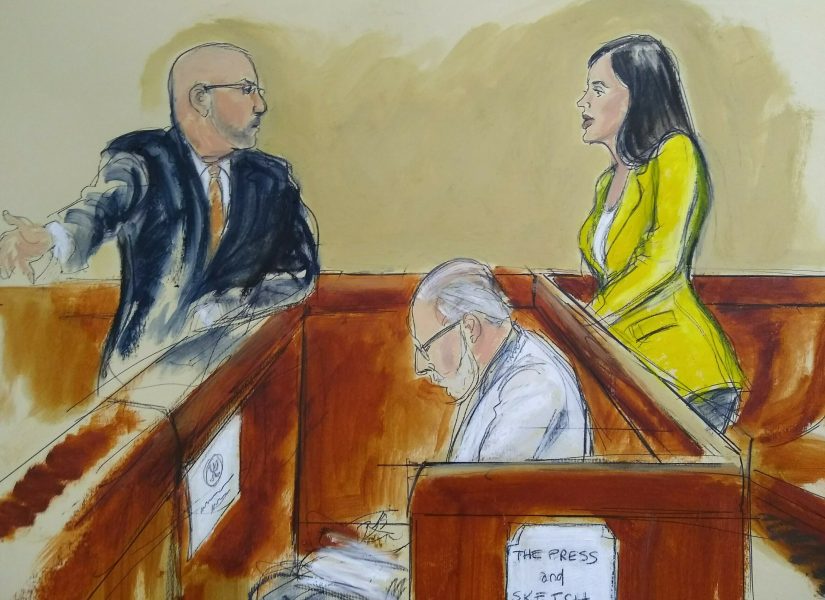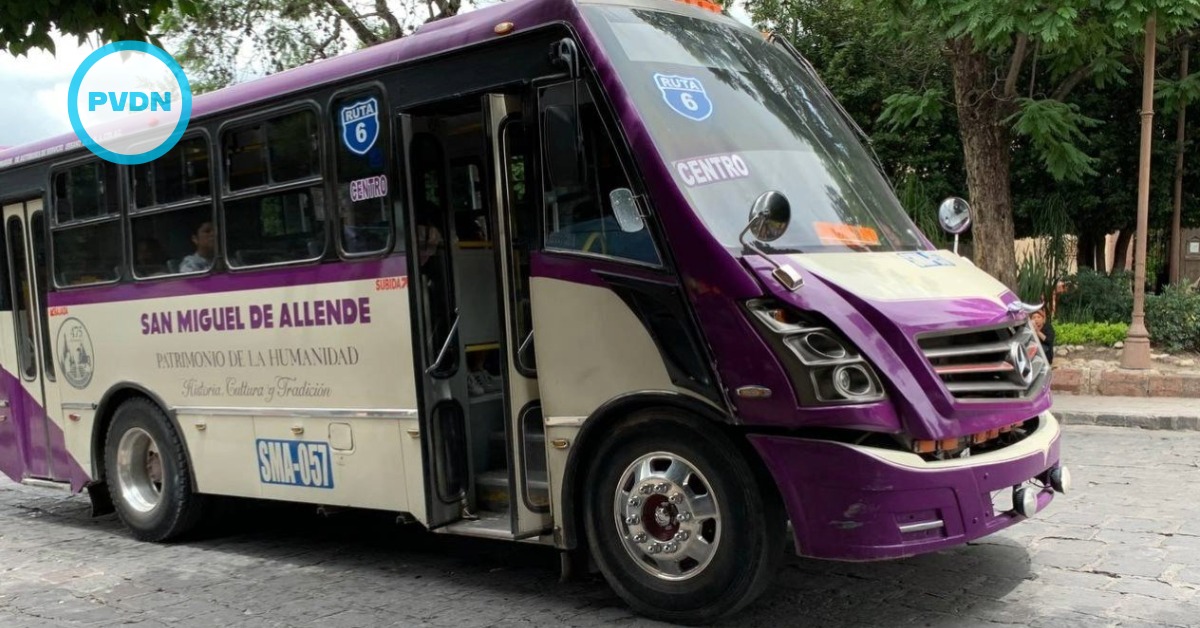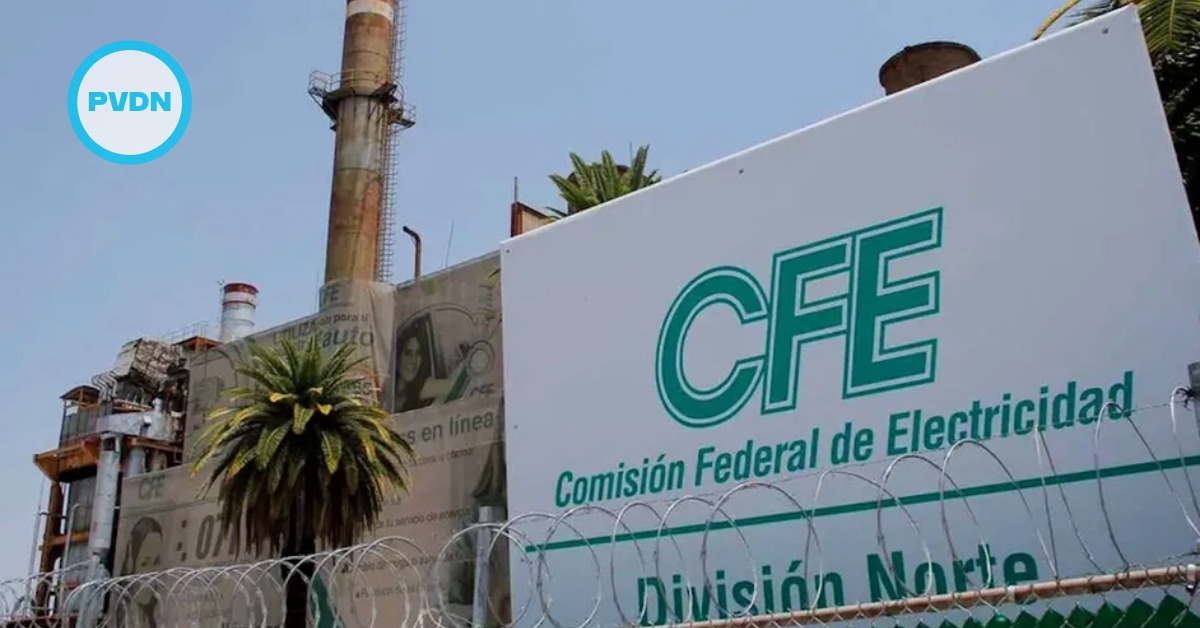Mexico’s most notorious drug lord, Joaquin “El Chapo” Guzman, was convicted Tuesday of running an industrial-scale smuggling operation after a three-month trial packed with Hollywood-style tales of grisly killings, political payoffs, cocaine hidden in jalapeno cans, jewel-encrust…







